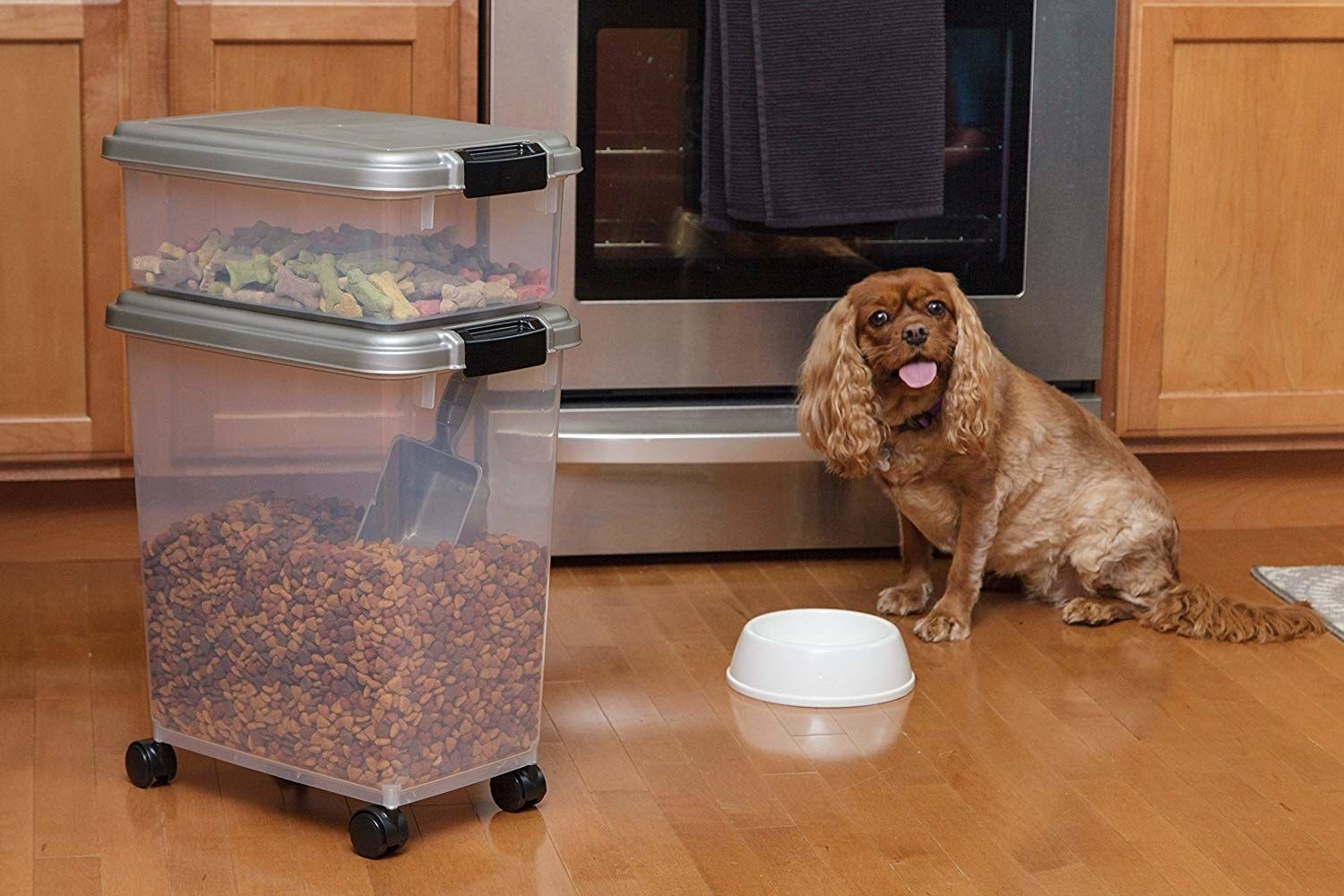

Articles
How To Store Dry Dog Food
Modified: January 5, 2024
Discover the best ways to store dry dog food with our informative articles. Keep your pup's food fresh and tasty for longer periods.
(Many of the links in this article redirect to a specific reviewed product. Your purchase of these products through affiliate links helps to generate commission for Storables.com, at no extra cost. Learn more)
Introduction
Welcome to this comprehensive guide on how to properly store dry dog food. As pet owners, it is essential that we take the necessary steps to maintain the freshness and quality of our furry friends’ food. Just like humans, dogs require a well-balanced diet to stay healthy and happy, and the way we store their food can play a crucial role in achieving that objective.
Properly storing dry dog food not only helps to preserve its nutritional value, but it also ensures that it remains safe for consumption. When exposed to improper storage conditions, dry dog food can become stale, lose its flavor, and even become contaminated. This can lead to reduced palatability for your dog and, in some cases, result in digestive issues and foodborne illnesses.
In this article, we will explore the importance of properly storing dry dog food, discuss the factors to consider before storing it, and provide you with practical tips on how to maintain its freshness and quality. We will also highlight the potential dangers of improper storage and the negative impact it can have on your dog’s health. By the end of this guide, you will have all the information you need to ensure that your dog’s dry food remains nutritious and delicious throughout its shelf life.
So, if you’re ready to learn the ins and outs of proper dry dog food storage, let’s dive right in!
Key Takeaways:
- Properly storing dry dog food is crucial for maintaining its nutritional value, taste, and safety. Factors like expiration dates, storage location, and container choice play a key role in preserving the food’s quality and ensuring your furry friend’s well-being.
- Following proper storage practices not only keeps your dog’s food fresh and appealing but also saves you money by reducing waste. By maintaining a well-organized and properly stored dry dog food supply, you contribute to your dog’s overall health and happiness.
Read more: How To Store Dry Dog Food Long Term
Importance of Properly Storing Dry Dog Food
Properly storing dry dog food is not just about keeping it fresh, but also about preserving its nutritional value and safeguarding your dog’s health. Here are some reasons why proper storage is so important:
- Nutritional Value: Dry dog food is formulated to provide dogs with the essential nutrients they need for optimal health. However, exposure to air, light, heat, and moisture can cause the degradation of these nutrients over time. By storing the food properly, you can help maintain its nutritional integrity and ensure that your dog receives the necessary vitamins, minerals, and proteins.
- Taste and Palatability: Dogs, just like humans, appreciate food that tastes good. When dry dog food is stored improperly, it can become stale or rancid, affecting its taste and odor. This can result in your dog losing interest in the food, leading to appetite issues and potential malnutrition. Proper storage helps preserve the flavor and freshness, ensuring that mealtime remains enjoyable for your furry friend.
- Safety: Dry dog food can become a breeding ground for harmful bacteria and mold if not stored correctly. These contaminants can cause severe health problems, including food poisoning and gastrointestinal issues. Proper storage, such as keeping the food in airtight containers, can prevent the growth of bacteria and ensure that your dog’s food is safe for consumption.
- Cost-Effectiveness: Buying dry dog food in bulk can often save you money in the long run. However, if the food is not stored properly and becomes spoiled or contaminated, you may end up wasting your money by having to discard it. By storing the food correctly, you can extend its shelf life and avoid unnecessary waste.
- Convenience: Proper storage of dry dog food also offers convenience. Having an organized storage system in place, such as using a designated container or pantry, allows for easy access to the food and reduces the risk of spills or pests getting into the bag. This simplifies the feeding process and ensures that your dog always has access to fresh and healthy food.
Now that you understand the importance of properly storing dry dog food, let’s explore the factors to consider before storing it to ensure optimal freshness and quality.
Factors to Consider Before Storing Dry Dog Food
Before you start storing your dog’s dry food, there are a few important factors to consider. These factors can help you determine the most suitable storage options and ensure that the food remains fresh and safe for consumption. Let’s take a closer look:
- Expiration Date: Always check the expiration date on the packaging of the dry dog food. It is crucial to feed your dog food that is within the recommended date range to ensure optimal freshness and nutritional value. If the food is close to or past its expiration date, it’s best to discard it rather than risk feeding your dog stale or contaminated food.
- Container Size: Consider how much dry dog food you typically purchase at once. This will help you determine the appropriate size for your storage container. It’s advisable to choose a container that can comfortably fit the entire bag of food without leaving excess space, as this can lead to increased exposure to air and moisture.
- Storage Location: Find a cool, dry, and dark place to store the dry dog food. Exposure to heat, light, and humidity can cause the food to deteriorate more quickly. Avoid storing the food near appliances that generate heat, such as ovens or refrigerators. It’s also important to keep the food away from direct sunlight, as sunlight can accelerate the degradation of nutrients.
- Pest Prevention: Take measures to prevent pests, such as rodents or insects, from accessing the stored food. Look for airtight containers with secure lids to keep pests out. Additionally, keep the storage area clean and free of any food spills or crumbs that may attract unwanted visitors. Consider using pet-safe pest control methods, like natural repellents or traps, to further protect the food.
- Quality of Packaging: The quality of the packaging plays a significant role in maintaining the freshness of dry dog food. Look for bags that are made of durable materials and have airtight seals to prevent exposure to air, which can lead to oxidation and spoilage. If the original packaging is damaged or not resealable, transfer the food to a suitable airtight container.
- Feeding Container: Apart from the storage container, it’s also essential to have a separate clean feeding container for serving your dog’s meals. This helps to keep the stored food uncontaminated and prevents cross-contamination with any bacteria or other contaminants that may be present in the feeding dish.
By taking these factors into consideration, you can ensure that you are storing your dog’s dry food in an optimal environment, promoting freshness and maintaining nutritional value. In the next section, we will delve into the various storage container options available and help you choose the right one for your needs.
Choosing the Right Storage Container
When it comes to storing your dog’s dry food, choosing the right storage container is crucial. The container you select should not only keep the food fresh but also protect it from environmental factors that can compromise its quality. Here are some considerations to keep in mind when choosing a storage container:
- Airtight Seal: Look for containers with a tight and secure seal to prevent air from entering and moisture from seeping in. Oxygen and humidity can accelerate the breakdown of the food’s nutrients and cause it to become stale or spoiled. An airtight seal will help maintain the food’s freshness and extend its shelf life.
- Material: Choose a container made of food-grade, BPA-free plastic, or stainless steel. These materials are durable, easy to clean, and resistant to odors and stains. Avoid containers made of porous materials that can absorb odors or harbor bacteria. Transparent containers can be beneficial as they allow you to easily monitor the food level without compromising the seal.
- Size: Consider the size of the container based on the amount of dry dog food you usually purchase. It’s essential to choose a container that can hold the entire contents of the bag without leaving empty space. Having excess air in the container can lead to faster degradation of the food. If you buy food in bulk, consider using multiple containers to maintain the freshness of each portion.
- Easy to Use: Look for a container with a wide opening or a removable lid that allows for easy pouring and scooping of the food. This will make it convenient for you to access the food whenever you need to serve your dog’s meals. Some containers also come with built-in measuring scoops, which can be useful for portion control.
- Easy to Clean: Opt for a container that is easy to clean and maintain. Removable lids, dishwasher-safe materials, and smooth surfaces make cleaning a breeze. Regularly cleaning the container will help prevent the build-up of bacteria or residual food, ensuring that your dog’s food remains fresh and safe.
- Space-Saving: If you have limited storage space, consider containers that are stackable or have a slim design. This will help maximize space efficiency and keep your storage area organized.
Remember, storing your dog’s dry food in the original packaging is not recommended, as it may not provide adequate protection against air and moisture. Transferring the food into a suitable storage container will help maintain its quality and extend its shelf life.
Now that you have a better understanding of the factors to consider when choosing a storage container, let’s move on to the next section, where we will outline the steps for properly storing dry dog food.
Store dry dog food in a cool, dry place in its original bag or an airtight container to maintain freshness and prevent pests. Avoid storing in direct sunlight or humid areas.
Steps for Properly Storing Dry Dog Food
Now that you have chosen the right storage container, it’s time to learn how to properly store your dog’s dry food. Follow these steps to ensure that the food remains fresh and maintains its nutritional value:
- Clean and dry the storage container: Before transferring the dry dog food into the storage container, make sure it is clean and dry. Wash the container with warm, soapy water and rinse it thoroughly. Allow it to air dry completely to prevent any moisture from being trapped inside.
- Check the expiration date: Always check the expiration date on the bag of dry dog food before transferring it to the storage container. Ensure that the food is within its recommended date range to guarantee its freshness and nutritional value. If the food is close to expiring, consider using it sooner rather than later.
- Pour the dry dog food into the container: Carefully pour the dry dog food from the original packaging into the clean storage container. Use a scoop or funnel if needed to avoid spillage. Be mindful not to overfill the container, leaving enough space for the lid to close securely.
- Seal the container tightly: Close the storage container with its airtight lid, ensuring a tight seal. This will prevent the entry of air, moisture, and pests, helping to maintain the food’s freshness and quality. If the container has a locking mechanism, make sure it is properly engaged.
- Store in a cool, dry, and dark place: Find a suitable storage location for the container. Ideally, it should be a cool, dry, and dark area away from direct sunlight, heat sources, and high humidity. Avoid placing the container near appliances that generate heat, such as stoves or radiators. This will help preserve the nutritional value and prolong the shelf life of the dry dog food.
- Keep the feeding container separate: It’s important to have a separate clean container or bowl for serving your dog’s meals. This keeps the stored food uncontaminated and reduces the risk of bacteria growth. Make sure the feeding container is also clean and free from any residual food before each use.
By following these steps, you can ensure that your dog’s dry food is stored in the optimal conditions, promoting freshness and maintaining its nutritional value. However, proper storage is not the only aspect to consider. In the next section, we will discuss some additional tips for maintaining freshness and quality.
Read more: How To Store Dried Apricots
Tips for Maintaining Freshness and Quality
Proper storage is essential for maintaining the freshness and quality of your dog’s dry food. However, there are a few additional tips you can follow to ensure that the food remains in the best possible condition:
- Monitor the food’s condition: Regularly check the stored dry dog food for any signs of spoilage, such as a foul odor, mold, or pests. If you notice any of these indicators, discard the food immediately and clean the storage container thoroughly before refilling it.
- Purchase smaller bags: If you have a small dog or prefer buying fresher food more frequently, consider purchasing smaller bags of dry dog food. This will help ensure that your furry friend is consistently consuming fresh food, reducing the chances of it becoming stale or losing nutritional value.
- Use a first-in, first-out (FIFO) approach: When refilling the storage container, remember to use the oldest batch of food first. This ensures that you are rotating through the food and prevents any bag from remaining in storage for too long.
- Avoid storing food in extreme temperatures: Extremes in temperature can negatively affect the quality of dry dog food. Avoid storing it in areas prone to high heat, such as garages or near heaters. Freezing dry dog food is not recommended either, as it can cause moisture to develop and compromise the food’s texture.
- Seal the bag if it has a resealable strip: If your original packaging has a resealable strip or ziplock feature, make sure to seal it tightly after each use. This will help maintain the freshness of the food until it is time to transfer it to the storage container.
- Avoid transferring food back into the original bag: Once you have transferred the dry dog food into a storage container, it is best to avoid transferring any leftover food back into the original bag. The bag may not provide the same level of protection as an airtight container, which can expose the food to air and moisture.
- Keep the storage area clean: Regularly clean the storage area where the container is kept. Remove any spills, food debris, or potential attractants for pests. Maintaining a clean storage space will help prevent contamination and ensure the food remains safe for consumption.
By following these tips, you can help maintain the freshness and quality of your dog’s dry food, ensuring that it remains nutritious and palatable throughout its shelf life. However, it’s important to be aware of the potential dangers of improper storage, which we will discuss in the next section.
Potential Dangers of Improper Storage
Improper storage of dry dog food can have detrimental effects on its quality and pose risks to your dog’s health. Here are some potential dangers that can arise from improper storage:
- Spoilage: When dry dog food is not stored properly, it can become stale, lose its flavor, and become unappetizing for your dog. This can result in decreased food intake and potential malnutrition if your dog refuses to eat. Additionally, spoiled food may contain harmful bacteria or molds that can cause digestive issues or food poisoning if consumed.
- Contamination: Dry dog food can become contaminated by pests such as insects or rodents if not stored in a secure container. These pests can introduce bacteria, feces, or parasites into the food, leading to serious health problems for your dog. Contamination can also occur if the storage area is not clean or if the food comes into contact with other substances or chemicals.
- Quality Degradation: Exposure to air, light, heat, and moisture can lead to the degradation of the nutritional value and quality of dry dog food. The essential vitamins, minerals, and proteins in the food can break down or become less bioavailable over time, reducing their benefits to your dog’s health. This can result in deficiencies or imbalances in their diet.
- Bacterial Growth: Dry dog food provides a favorable environment for the growth of bacteria. When exposed to warm temperatures or moisture, bacteria can multiply rapidly, leading to the risk of foodborne illnesses. Dogs may experience symptoms such as vomiting, diarrhea, lethargy, and dehydration if they consume food contaminated with bacteria.
- Pest Infestation: Improper storage can attract pests like ants, cockroaches, or mice, who are attracted to the scent of food. These pests can contaminate the food and spread diseases. In addition, they may damage the packaging, creating openings for further contamination or spoilage.
- Mold Growth: Moisture in the storage area or exposure to humid conditions can promote the growth of mold on dry dog food. Mold can produce toxins that are harmful to both humans and pets. Consuming mold-contaminated food can cause symptoms such as vomiting, tremors, seizures, and respiratory distress in dogs.
These dangers highlight the crucial importance of proper storage to maintain the quality and safety of your dog’s dry food. It is essential to take the necessary precautions and follow the guidelines outlined in this article to protect your furry friend’s well-being.
Now that we have covered the potential dangers of improper storage, let’s conclude everything we have discussed.
Conclusion
Properly storing dry dog food is not just a matter of convenience but a vital aspect of ensuring your furry friend receives the nutrition they need while keeping them safe from potential health risks. By following the steps and tips outlined in this guide, you can maintain the freshness and quality of your dog’s food, promoting their overall well-being.
Remember to choose the right storage container that offers an airtight seal and is made of food-grade materials. Keep in mind factors like expiration dates, storage location, pest prevention, and cleanliness to create an optimal storage environment.
By taking these precautions, you can prevent spoilage, contamination, quality degradation, bacterial growth, pest infestation, and mold growth, which can all have detrimental effects on your dog’s health. Your furry friend deserves fresh and wholesome food that provides the necessary nutrients for their daily activities and maintains their immune system.
Additionally, following proper storage practices can save you money by reducing waste and help you stay organized. With food that remains fresh and appealing, your dog will be more likely to enjoy their meals, maintaining a healthy appetite.
So, take the time to assess your current storage method for dry dog food and make the necessary adjustments to provide your canine companion with the best possible diet. Your efforts in storing their food correctly will contribute to their overall health and happiness.
Remember, a happy and healthy dog starts with a well-maintained and properly stored dry dog food supply!
Frequently Asked Questions about How To Store Dry Dog Food
Was this page helpful?
At Storables.com, we guarantee accurate and reliable information. Our content, validated by Expert Board Contributors, is crafted following stringent Editorial Policies. We're committed to providing you with well-researched, expert-backed insights for all your informational needs.




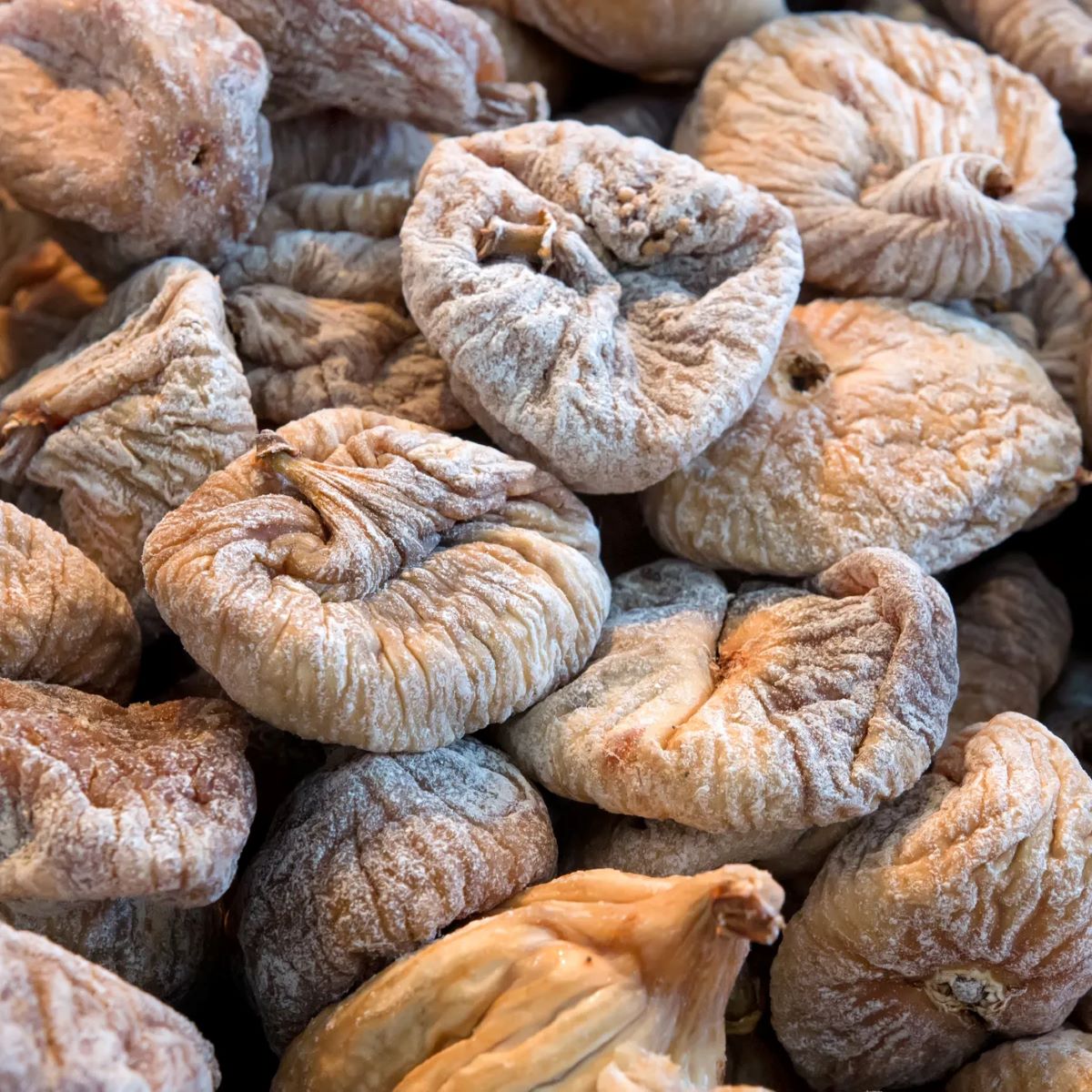


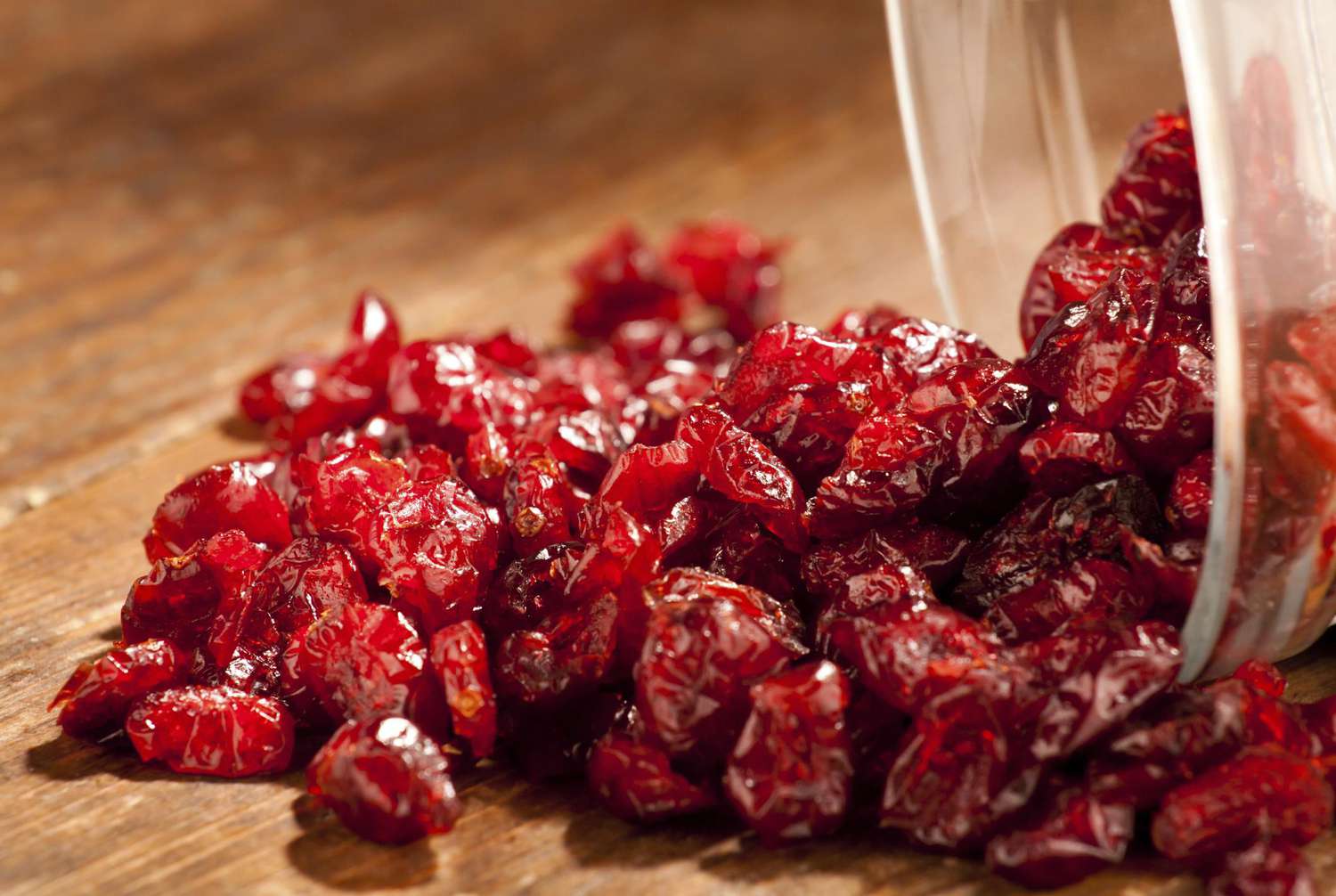
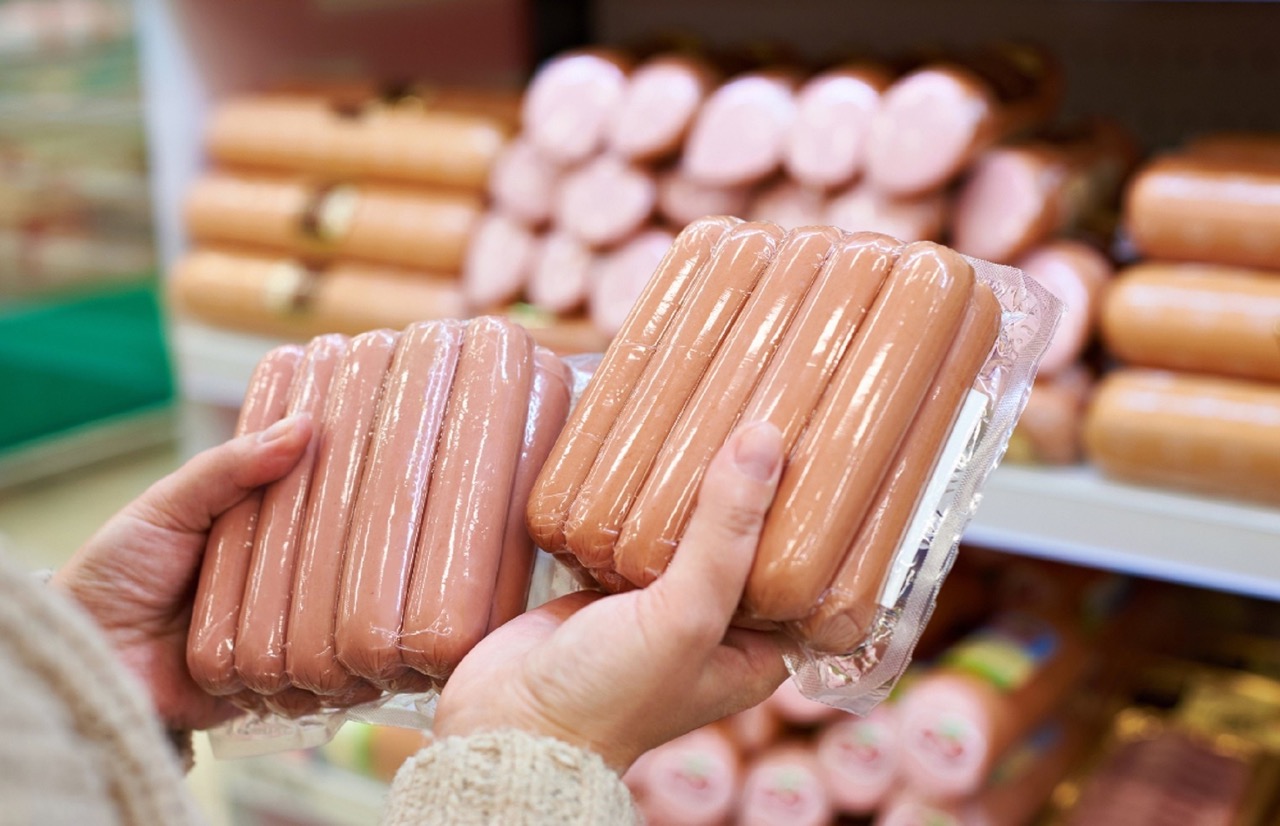
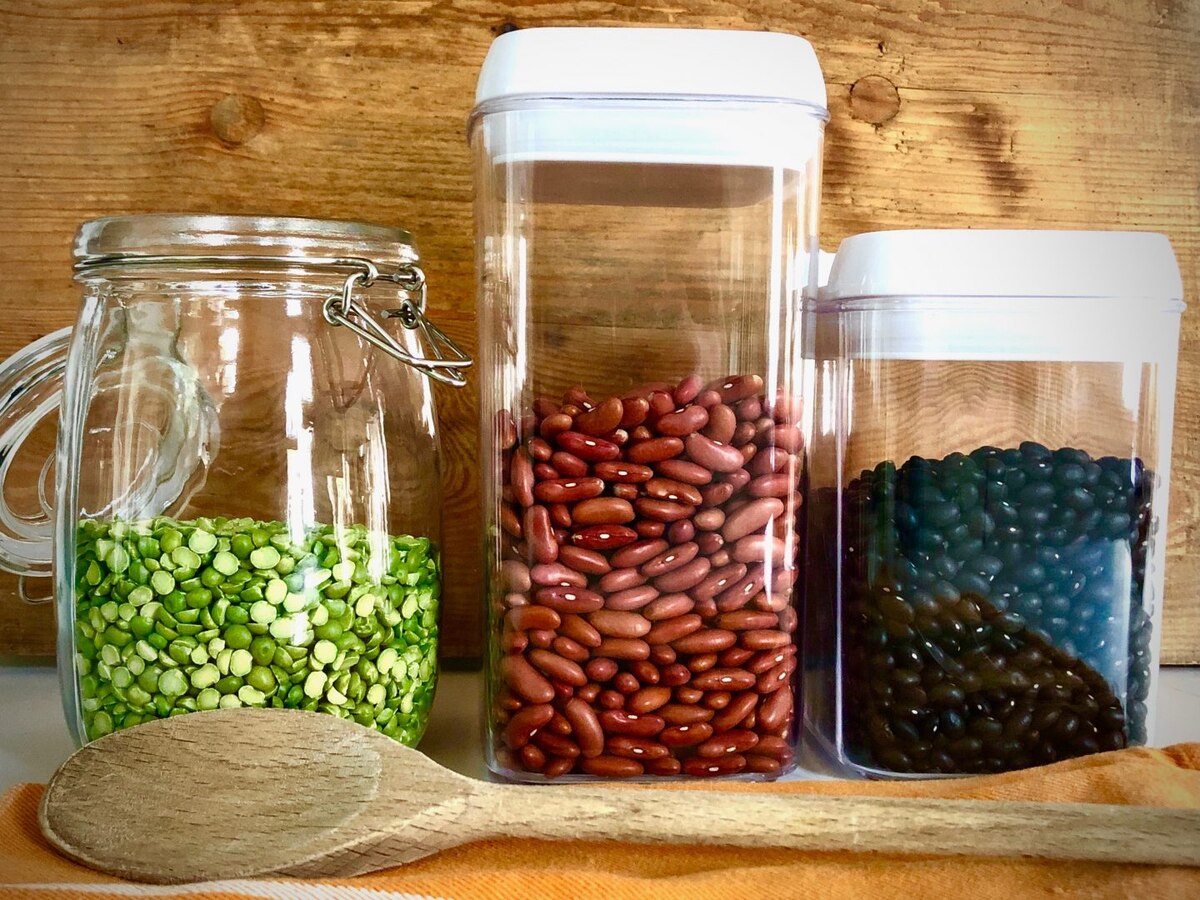

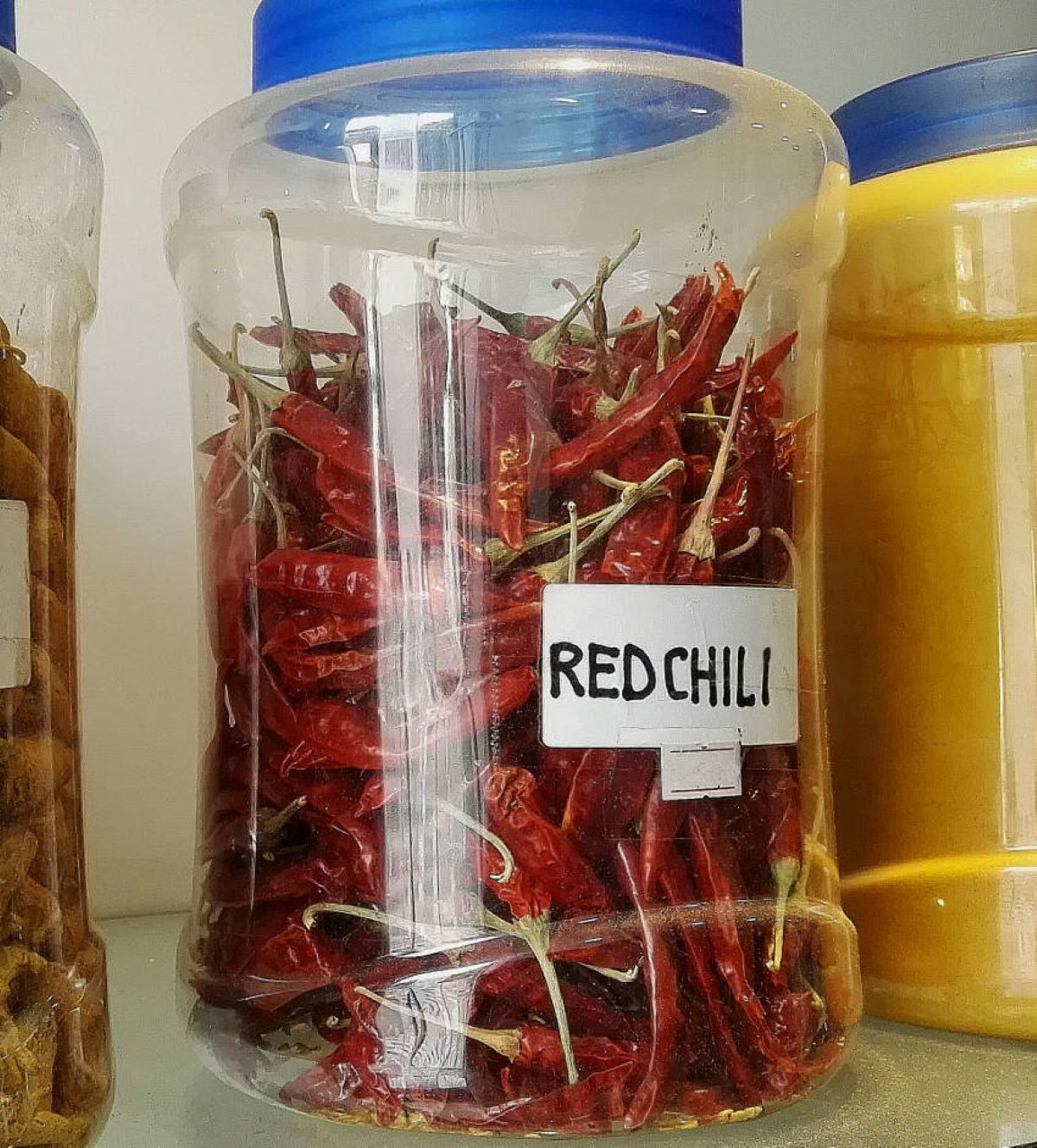

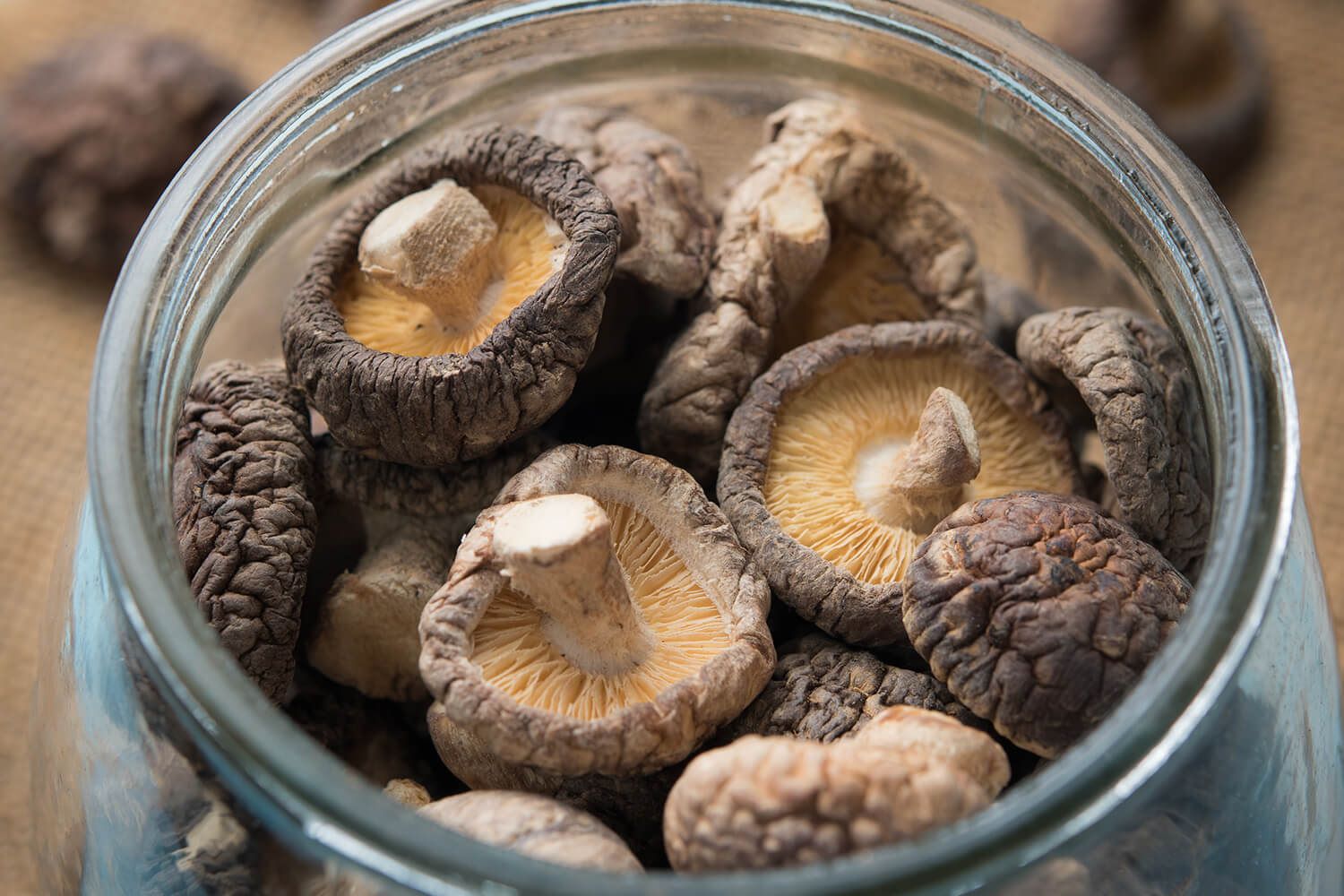

0 thoughts on “How To Store Dry Dog Food”